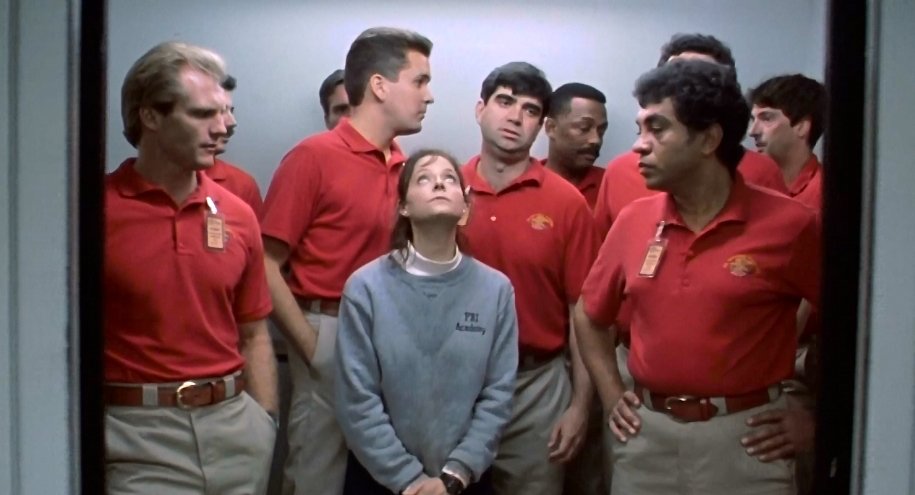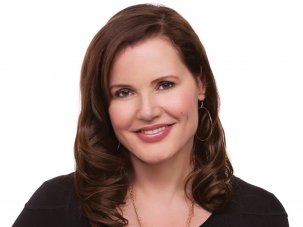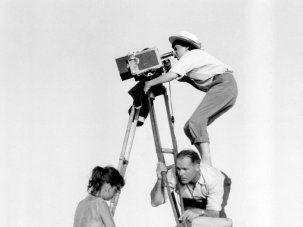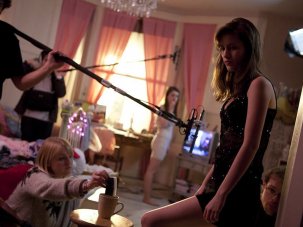The evidence isn’t going away: women in the movies continue to be absent at senior management level, contained by screen stereotypes and invisible still in many national and industry databases in the UK and throughout Europe. And this despite umpteen treaties at national, European and United Nations level which commit to equality – and indeed despite evidence (sadly necessary to cite in a risk-averse yet seemingly prejudiced marketplace) that films directed by women are just as good an investment as those made by men.
Yet for all this, as shown in Directors UK’s 2014 report Who’s Calling the Shots? Women Directors in British Television Production, most executives and commissioners are surprised, sometimes shamed by the discrimination their everyday practices demonstrate in what they still assume to be an equal, modern environment. At the Sarajevo Film Festival last month the Council of Europe held a day-long presentation of the evidence and best practices to inform a declaration to the Council of Ministers of the European Union: something proactive needs to be done.
The question is why there is such an aversion to setting targets to change the situation. The Swedish Film Institute leads in political will and logic. If women constitute half the tax payers, runs its thinking, so women should receive half the national investment. From 2006 onwards the SFI aimed for an initial 40-60 balance, and since 2012 a 50-50 balance in its support for films made by women and men. It met each of five prevalent assumptions about the reasons for gender imbalance in the film industry with an action plan, and has seen women’s presence and success rise. Sweden is still not seeing a 50-50 balance of cinema admissions, but women now exceed men in gaining awards, which Anna Serner, the SFI’s CEO of the Swedish Film Institute, takes as evidence that women’s stories are offering something new.
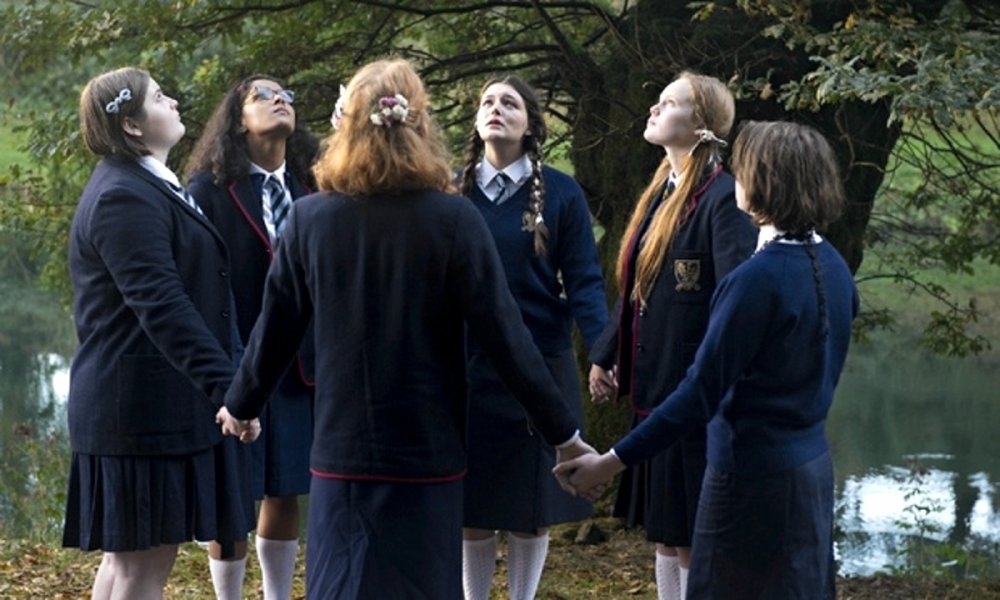
The Falling (2014)
In the UK the aversion to conscious quota-based or statistically led targets persists. The quality of the creative work should prevail, goes the argument, forgetting other more arbitrary but politically accepted criteria – the definition of ‘national film’ for funding and tax breaks, for example – and ignoring the evidence of outright discrimination structured into the marketplace. Just as national narrative needs support on our Hollywood-dominated screens, so do women’s films, when men are constantly privileged even though so many male-led films, whether from Hollywood or the national independent sector, also fail at the box office.
From the comparative statistics with six other European players, the record in the UK should prompt immediate action. Women direct about 12.5 per cent of independent releases (including Lottery-funded independents) and receive about 16.9 per cent of national funding. There is no shortage of enthusiasm to become a director and the applicant-to-graduate conversion rate for directors at the National Film and Television School, for example, is good. But the challenge is to put in place the measures necessary to sustain women from their first films onwards, and to keep the statistics necessary to monitor what is happening and take the action necessary to change it.
The statistical database of the British Film Institute is one of the best legacies of the former UK Film Council, but many statistics still need to be mined. Now that so much funding lies with the regional agencies, it’s time to put in place a systematic and coherent data-gathering and monitoring strategy. Fortunately PACT is about to initiate Project Diamond, to start harnessing the public and private broadcasting sectors into the database, so the significance of other players in the converged marketplace is at last being recognised.
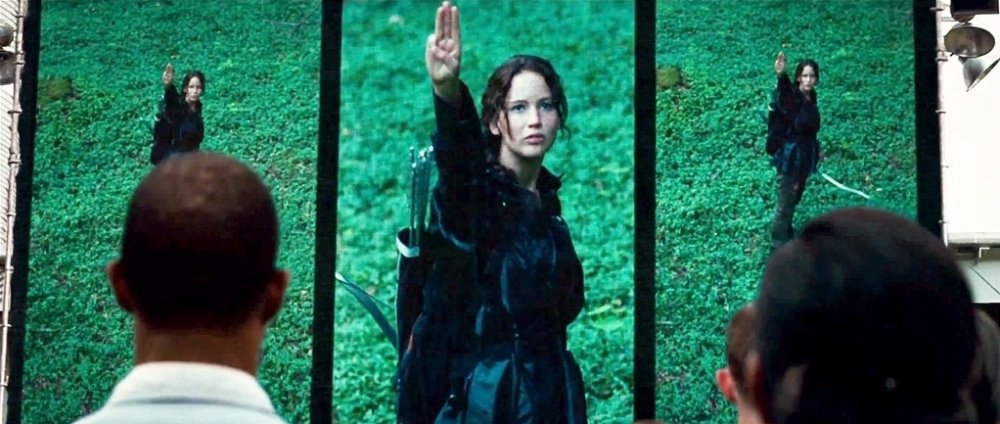
The Hunger Games: Mockingjay Part 1 (2014)
However, a debate is still urgently needed as to how to go forward. Initiatives such as the BFI’s three-tick system have far to go. I’ve worked to support women since the 80s when I was a founder member of Broadside, an all-women’s collective which both delivered training courses and Channel 4’s first flagship current-affairs series. The situation has improved for women behind the camera, but after 35 years we should have surpassed consciousness-raising initiatives to end what is an unjustifiable state of male privilege.
We need a practical action plan with some fixed targets, and an institutional and governmental campaign to leverage change. At a pan-European level the Declaration from the symposium in Sarajevo was a first step in the right direction.
Film gender equality: best-practice examples
At the Council of Europe’s high-level symposium on gender equality in the film industry, held at the Sarajevo Film Festival in August, a variety of speakers recommended best-practice actions for change. These included:
- Setting targets at the top level of institutions in order to mainstream action through the organisation
- Linking action on these targets to performance-related benefits
- Monitoring gender equality in the freelance sector, which accounts for 55 per cent of television and 91 per cent of film-industry workers
- Systematic data-gathering on gender in both film and television companies
- Monitoring female directors’ performance in two categories: first/second timers, and more experienced directors
- Monitoring gender of applicants both to film schools and for production funding
- Establishing mentoring schemes to support first-time and experienced women directors
- Creating film portals to showcase the existence and achievements of female directors
- Running outreach programmes for directors with film producers
- Applying the Bechdel Test (a points-based gender analysis tool) to theatrical releases whether directed by men or women
- Educating teachers on the history of women in film
- Funding further research into factors causing gender equality
Read more
☞ The Sarajevo Conference Declaration on gender equality (pdf)
☞ The Swedish Film Institute’s Towards Gender Equality in Film Production briefing paper (pdf)
☞ Films Directors in European Films: a report by the European Audiovisual Observatory (to order, €30)
-
Women on Film – all our coverage
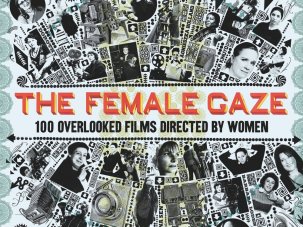
A window on our ongoing coverage of women’s cinema, from movies by or about women to reports and comment on the underrepresentation of women...
-
Sight & Sound: the October 2015 issue
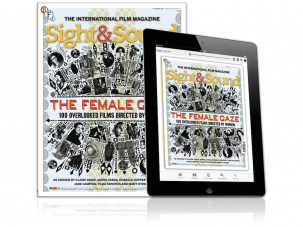
The Female Gaze: 100 underrated films directed by women, with contributions from Agnès Varda, Jane Campion, Claire Denis, Isabelle Huppert, Tilda...
-
The Digital Edition and Archive quick link
Log in here to your digital edition and archive subscription, take a look at the packages on offer and buy a subscription.




